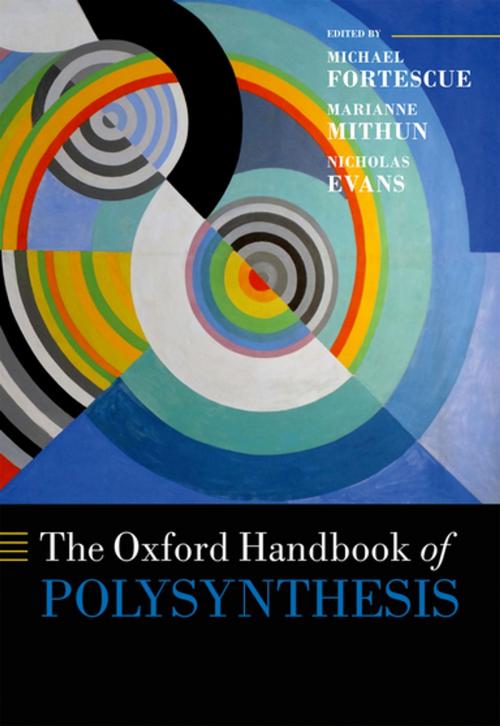The Oxford Handbook of Polysynthesis
Nonfiction, Reference & Language, Language Arts, Linguistics, Social & Cultural Studies, Social Science| Author: | ISBN: | 9780191506208 | |
| Publisher: | OUP Oxford | Publication: | September 28, 2017 |
| Imprint: | OUP Oxford | Language: | English |
| Author: | |
| ISBN: | 9780191506208 |
| Publisher: | OUP Oxford |
| Publication: | September 28, 2017 |
| Imprint: | OUP Oxford |
| Language: | English |
This handbook offers an extensive crosslinguistic and cross-theoretical survey of polysynthetic languages, in which single multi-morpheme verb forms can express what would be whole sentences in English. These languages and the problems they raise for linguistic analyses have long featured prominently in language descriptions, and yet the essence of polysynthesis remains under discussion, right down to whether it delineates a distinct, coherent type, rather than an assortment of frequently co-occurring traits. Chapters in the first part of the handbook relate polysynthesis to other issues central to linguistics, such as complexity, the definition of the word, the nature of the lexicon, idiomaticity, and to typological features such as argument structure and head marking. Part two contains areal studies of those geographical regions of the world where polysynthesis is particularly common, such as the Arctic and Sub-Arctic and northern Australia. The third part examines diachronic topics such as language contact and language obsolence, while part four looks at acquisition issues in different polysynthetic languages. Finally, part five contains detailed grammatical descriptions of over twenty languages which have been characterized as polysynthetic, with special attention given to the presence or absence of potentially criterial features.
This handbook offers an extensive crosslinguistic and cross-theoretical survey of polysynthetic languages, in which single multi-morpheme verb forms can express what would be whole sentences in English. These languages and the problems they raise for linguistic analyses have long featured prominently in language descriptions, and yet the essence of polysynthesis remains under discussion, right down to whether it delineates a distinct, coherent type, rather than an assortment of frequently co-occurring traits. Chapters in the first part of the handbook relate polysynthesis to other issues central to linguistics, such as complexity, the definition of the word, the nature of the lexicon, idiomaticity, and to typological features such as argument structure and head marking. Part two contains areal studies of those geographical regions of the world where polysynthesis is particularly common, such as the Arctic and Sub-Arctic and northern Australia. The third part examines diachronic topics such as language contact and language obsolence, while part four looks at acquisition issues in different polysynthetic languages. Finally, part five contains detailed grammatical descriptions of over twenty languages which have been characterized as polysynthetic, with special attention given to the presence or absence of potentially criterial features.















